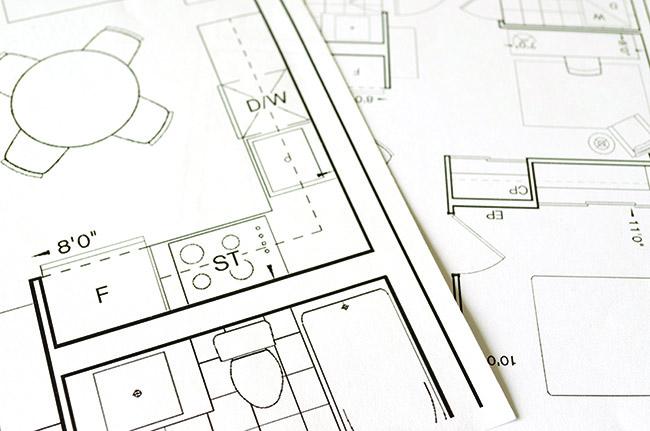2025-07-26
residential

Bratislava’s residential property market recorded a notable upswing in the second quarter of 2025, with demand reaching levels not seen in years. A total of 645 apartments were sold during the quarter, representing a 20% increase compared to the previous quarter and nearly double the volume recorded in the same period in 2024, according to Bencont Investments. The surge in activity is attributed primarily to stronger demand for larger and more expensive units, particularly in projects still under construction. While rising inflation and concerns over household budgets have affected consumer spending in many areas, homebuyers appear undeterred. Apartments are being sold before construction is completed, and the supply of new housing has grown to its highest point in 15 years. Projects are expanding in districts such as Bratislava II and Bratislava IV, with the latter overtaking the former in sales for the first time. This shift in buying patterns is also reflected in the type of apartments sold. The average floor space of sold units increased to nearly 60 square meters, with two-room flats accounting for nearly half of all transactions. The average sales price climbed to €4,692 per square meter with VAT, up 1% from the previous quarter, while the average overall apartment price reached €299,000—an increase of nearly 10%. Developers have responded to the strong demand by accelerating new construction, launching nine new projects in the quarter. The total number of new-build units on the market reached 3,393, with the most significant growth seen in Bratislava IV, where available units increased by over 40% year-on-year. Despite the rise in supply, price growth remained moderate. The average list price of new builds was €5,251.54 per square meter, a 0.73% increase from the previous quarter. This follows a sharper rise earlier in the year due to a VAT increase. Analysts believe the current stability in pricing indicates that speculation is limited, with structural factors—such as the dominance of high-end units—playing a greater role in shaping average values. Another notable development is the growing popularity of pre-construction sales. Buyers are increasingly willing to invest in units that are months or years away from completion, drawn by more flexible payment schedules and wider selection. According to Herrys, two-room units in particular remain the most sought after, while demand for small, one-room apartments has declined. Projects such as Cherries and Bory have fueled growth in specific areas, accounting for over 60% of all transactions in Bratislava IV during the quarter. Larger, four-room apartments have also attracted buyers, especially in completed developments and on the city’s outskirts. Financially, the rising popularity of larger units is increasing the capital requirements for buyers. The average apartment price, including VAT, now exceeds €370,000. Buyers using mortgage financing must provide at least €74,000 in personal funds to meet minimum down payment thresholds. In high-demand projects in central Bratislava, the price premium is even more pronounced, with luxury developments accounting for nearly 40% of total inventory. However, these dynamics pose challenges. Buyers choosing unfinished units must wait for delivery, often while continuing to pay rent or maintain temporary housing. Completed apartments are more immediately available but typically come at a higher cost. Financing constraints also play a role, particularly for those seeking to upgrade from older properties with existing mortgage burdens. In such cases, limited credit headroom can hinder the ability to secure a new loan. Analysts caution that while the market is currently strong, broader macroeconomic risks remain. Inflation, which continues to affect building material costs and real household incomes, could influence buyer behavior. Rising construction costs are feeding into project pricing, while external risks—such as trade barriers or weakening export demand—could weigh on industrial output and employment, ultimately affecting consumer confidence. One structural concern is the narrowing gap between the prices of new and older housing. While new construction typically commands a premium for its efficiency, design, and longevity, that difference has shrunk to under 20% in some cases. Analysts argue that such compression distorts the natural balance of the market. The issue is further compounded by a 25% drop in apartment completions in early 2025 compared to the long-term average, further constraining available inventory. Ultimately, while Bratislava’s housing market is currently experiencing robust growth, the convergence of rising prices, shifting preferences, and macroeconomic uncertainty presents a complex environment for buyers and developers alike. Industry experts suggest that a healthy long-term market will require a sustained distinction in value between old and new properties, as well as prudent risk assessment by households and lenders. Source: Trend.sk

